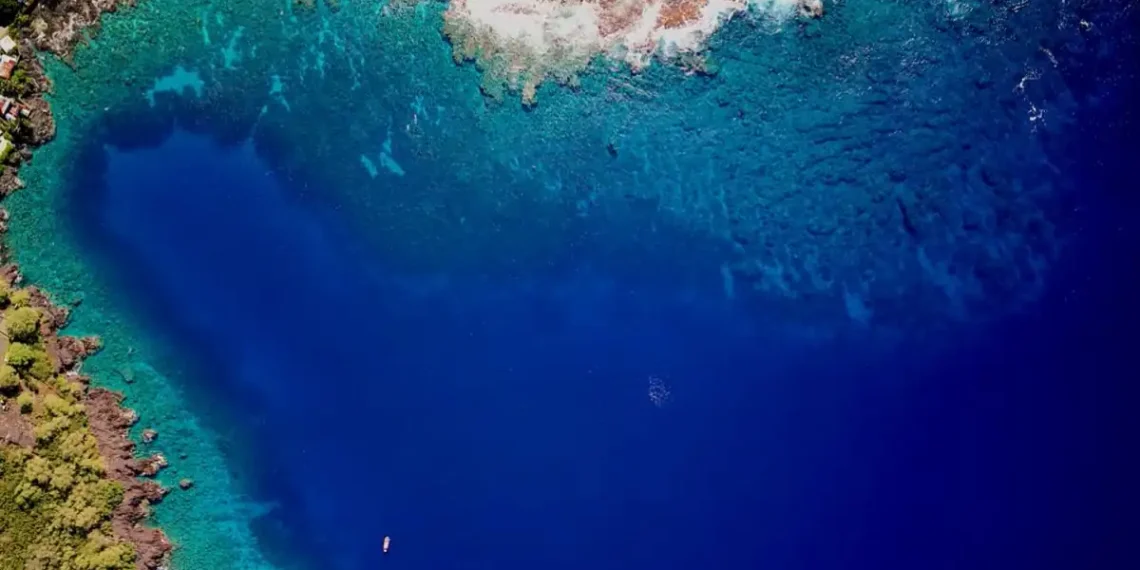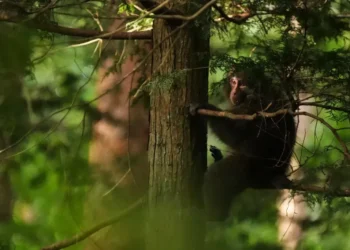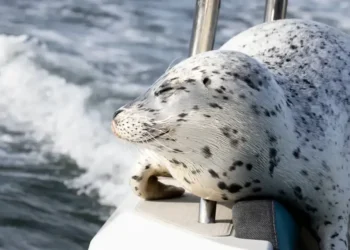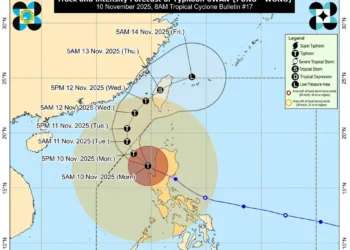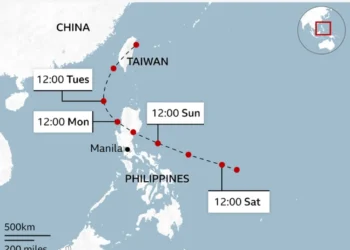Sea Urchin Explosion in Hawaii Could Push Coral Reefs Past the Point of No Return, Scientists Warn
Beneath the turquoise waters of Hōnaunau Bay, a popular snorkeling and diving spot on Hawaii’s Big Island, something unsettling is happening: an explosion of sea urchins is overwhelming an already fragile coral reef, threatening to tip it into irreversible collapse.
According to new research published in PLOS ONE, the number of sea urchins has surged to unprecedented levels—driven largely by overfishing of the predator fish that normally keep them in check. Left unchecked, these spiny creatures are now eroding coral reefs faster than the reef can recover.
“We found, on average, 51 sea urchins per square meter—one of the highest densities ever recorded on a coral reef,” said Kelly J. van Woesik, a researcher at North Carolina State University and co-author of the study. “I knew there was a story to be told the moment I saw how many there were while snorkeling.”
Coral in Crisis: A Perfect Storm of Stressors
The sea urchin boom is just the latest blow to Hōnaunau Bay’s reef. Over the years, it has already endured mounting stress from climate change, pollution, and rising sea levels. Warmer waters have weakened coral’s ability to grow and reproduce, while pollution from nearby development and tourism has degraded water quality.
Now, with the added pressure of aggressive sea urchin grazing, researchers say the reef is struggling just to stay alive.
In the 1980s, Hawaii’s reefs were producing around 15 kilograms (33 pounds) of calcium carbonate—the key building material for coral skeletons—per square meter each year. Today, Hōnaunau’s reef produces just 0.5 kg (1.1 pounds) per square meter. That’s 30 times slower than just four decades ago.
“To even maintain the reef’s current size against erosion, at least 26% of its surface needs to be covered in living coral,” van Woesik said. “Right now, it’s nowhere near that.”
Why Too Many Sea Urchins Are a Big Problem
Sea urchins do play a role in reef ecosystems—grazing on algae and preventing it from choking coral. But when their populations explode, they also gnaw away at the reef itself, causing serious physical damage.
“Dramatic increases in any species usually signal something’s out of balance,” said Kiho Kim, an environmental science professor at American University, who was not involved in the study. “It threatens biodiversity and the ecosystem services reefs provide—like food, protection from storms, and even carbon storage.”
A Bigger Picture: What’s Happening in Hōnaunau Isn’t Isolated
The study’s other lead author, Gregory Asner, an ecologist at Arizona State University, said Hōnaunau Bay has long been a “canary in the coal mine” for Hawaii’s reef health.
“In my 27 years studying reefs across Hawaii, Hōnaunau has always stood out,” he said. “It’s a clear example of how multiple stressors—warming oceans, overfishing, and tourism-driven pollution—can converge to create a tipping point.”
Coral reefs, often called the “rainforests of the sea,” support vast marine life and act as natural barriers against coastal storms. When they erode, the impacts ripple far beyond the ocean floor.
“If the reef can’t keep pace with sea-level rise,” van Woesik added, “it loses its ability to buffer incoming wave energy, increasing the risk of coastal erosion and flooding.”
Is There Hope? Yes—but Time Is Running Out
Despite the grim findings, scientists stress that the reef’s fate is not yet sealed.
Local communities in Hōnaunau are stepping up: reducing fishing pressure, working to improve water quality, and investing in coral restoration efforts. These actions could help give the reef a fighting chance—if done quickly and effectively.
“These reefs aren’t just beautiful—they’re essential to protecting the islands they surround,” van Woesik said. “Without action now, we risk losing them for good.”
This article was rewritten by JournosNews.com based on verified reporting from trusted sources. The content has been independently reviewed, fact-checked, and edited for accuracy, neutrality, tone, and global readability in accordance with Google News and AdSense standards.
All opinions, quotes, or statements from contributors, experts, or sourced organizations do not necessarily reflect the views of JournosNews.com. JournosNews.com maintains full editorial independence from any external funders, sponsors, or organizations.
Stay informed with JournosNews.com — your trusted source for verified global reporting and in-depth analysis. Follow us on Google News, BlueSky, and X for real-time updates.
